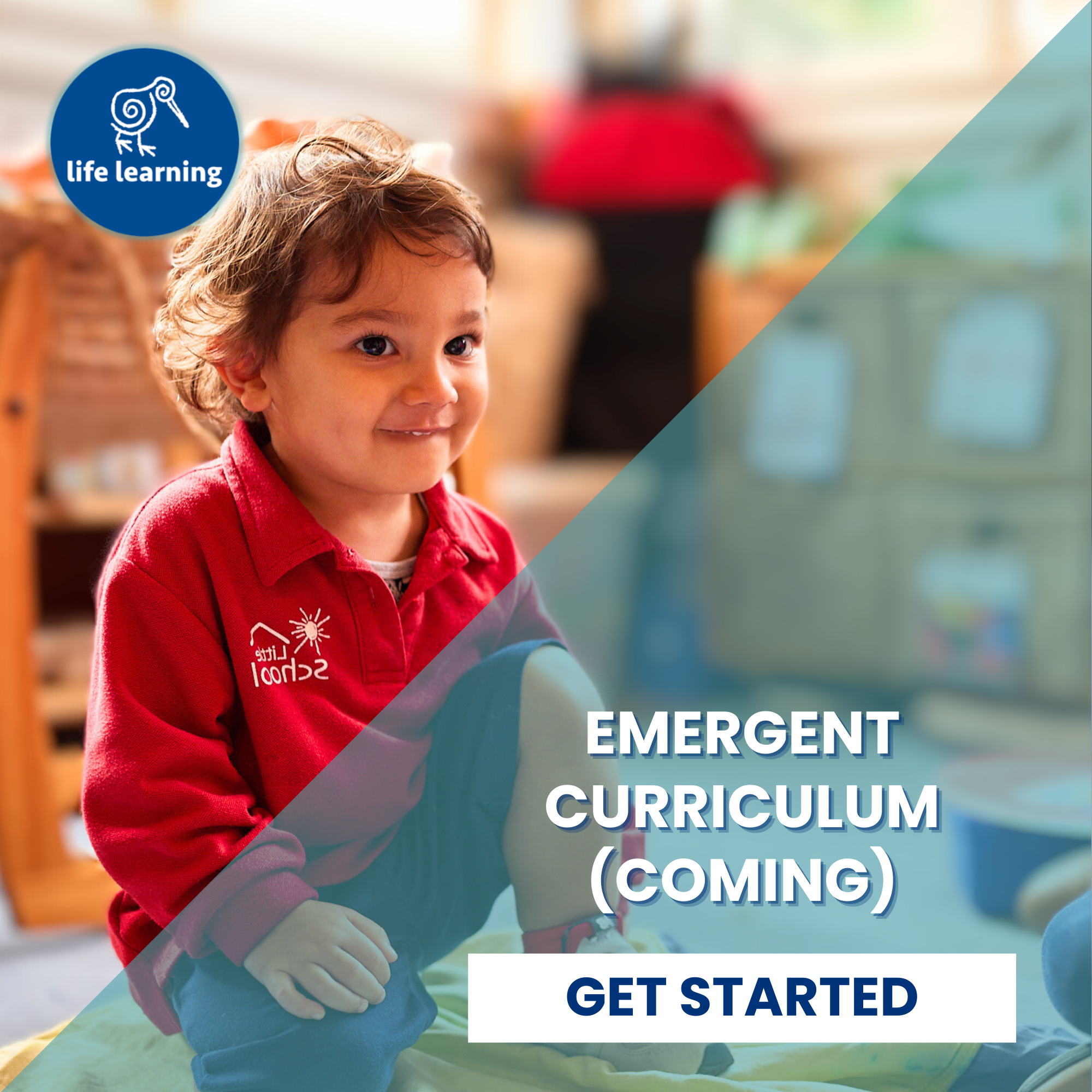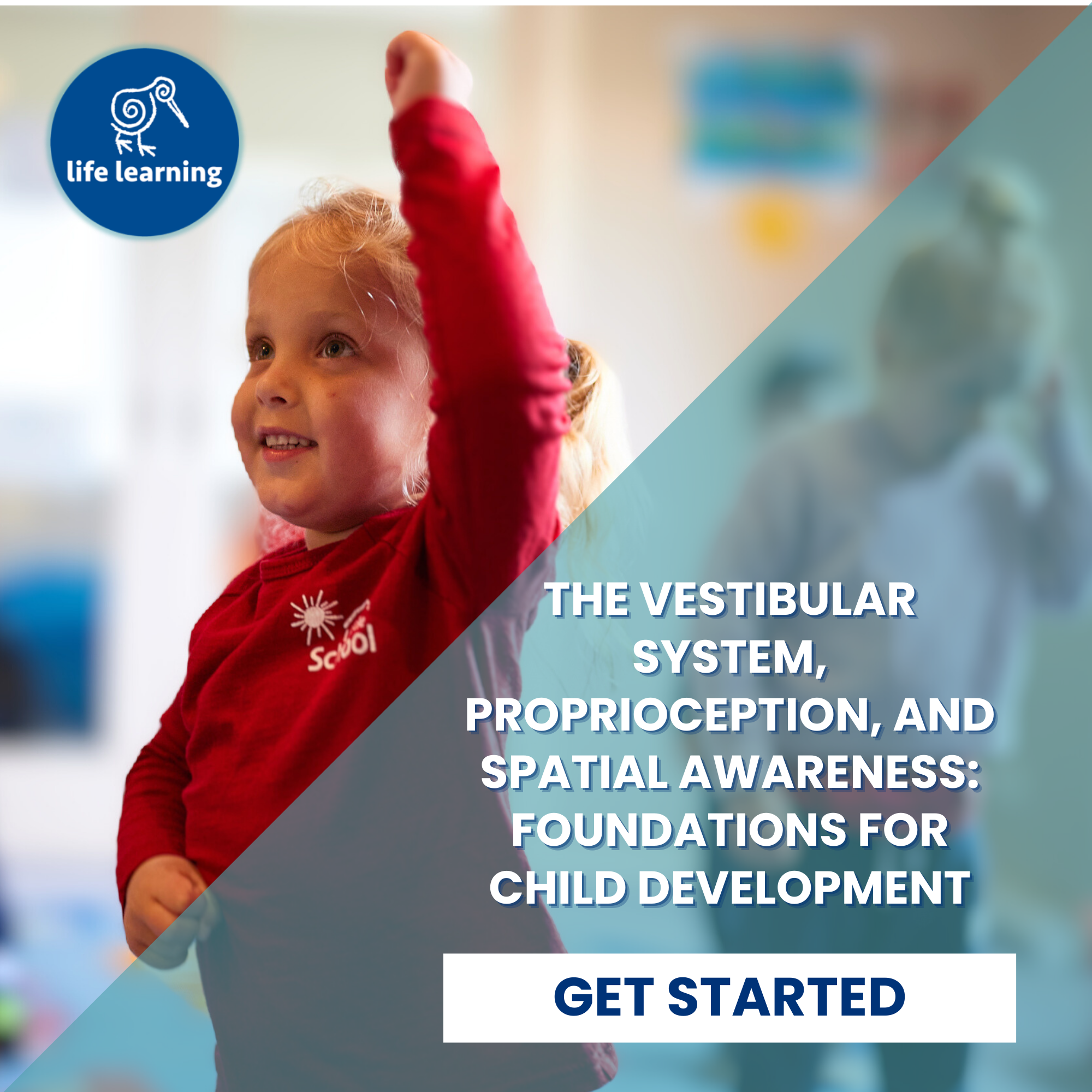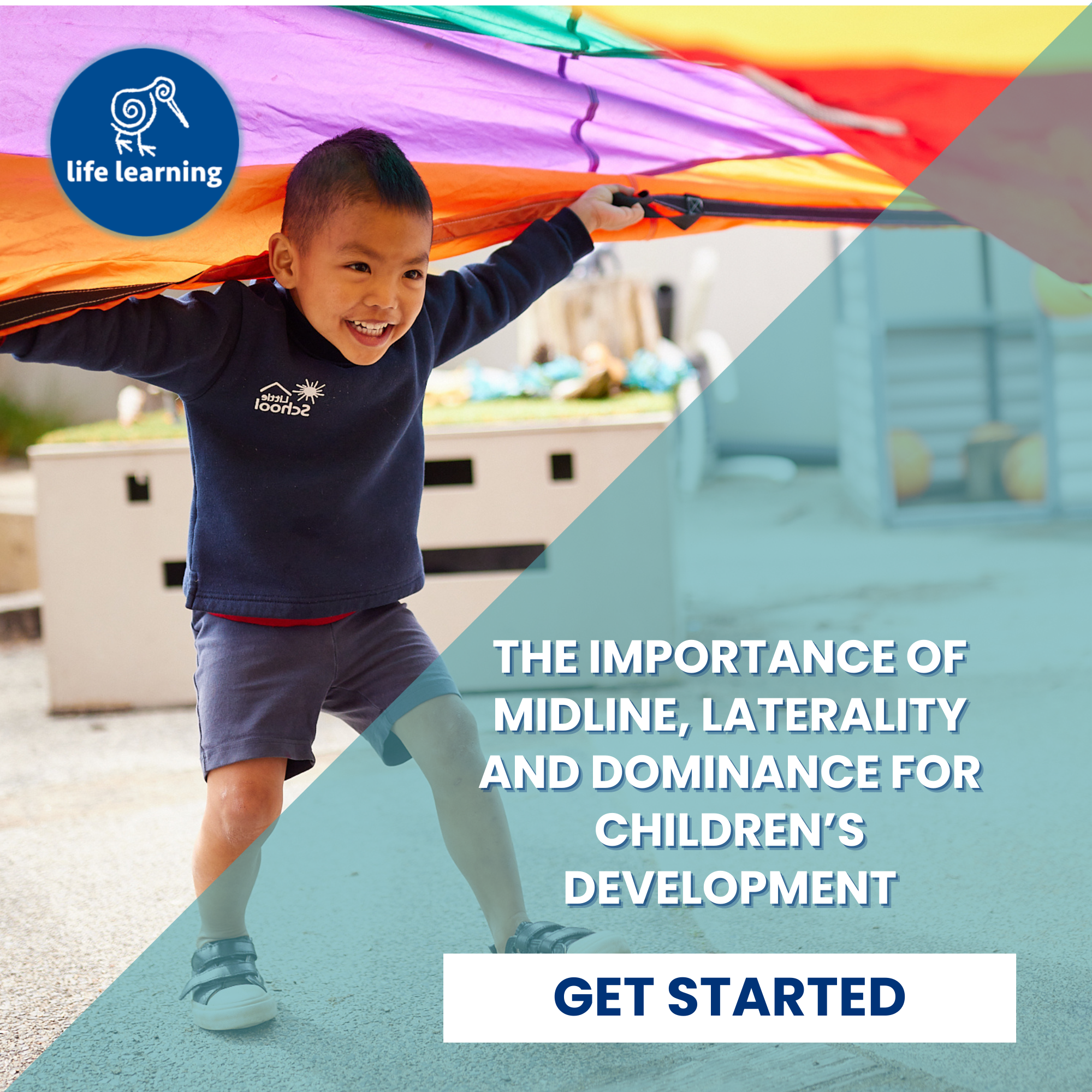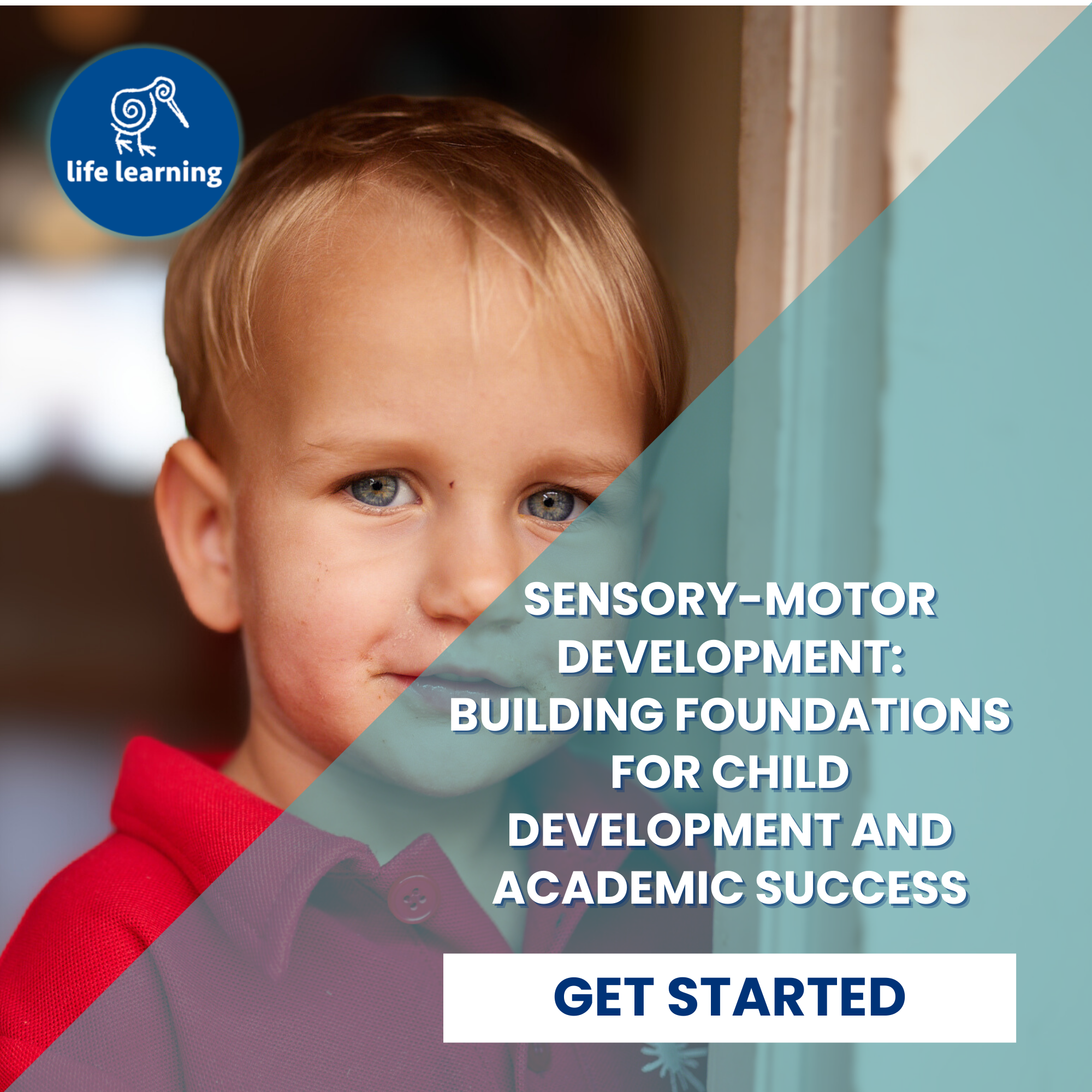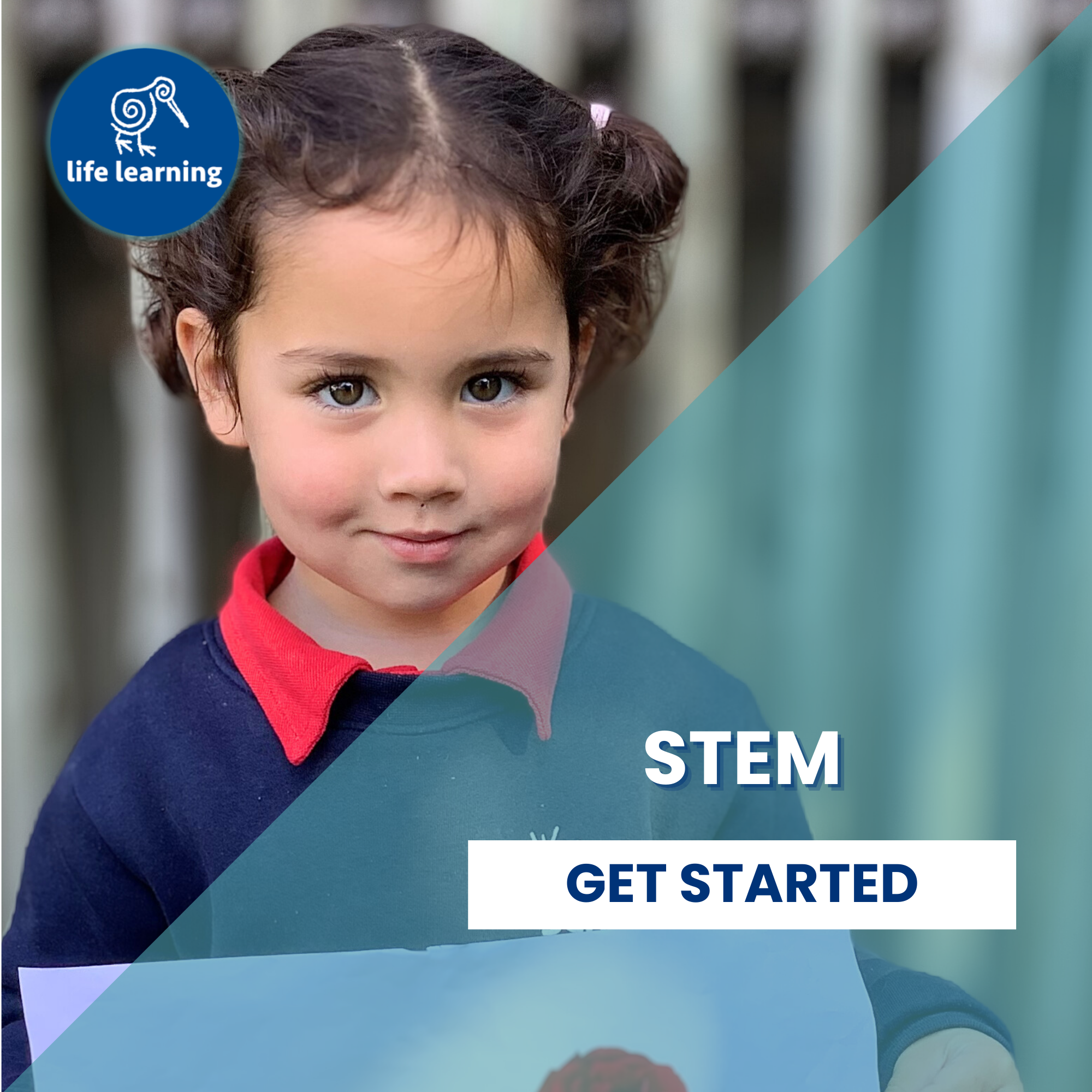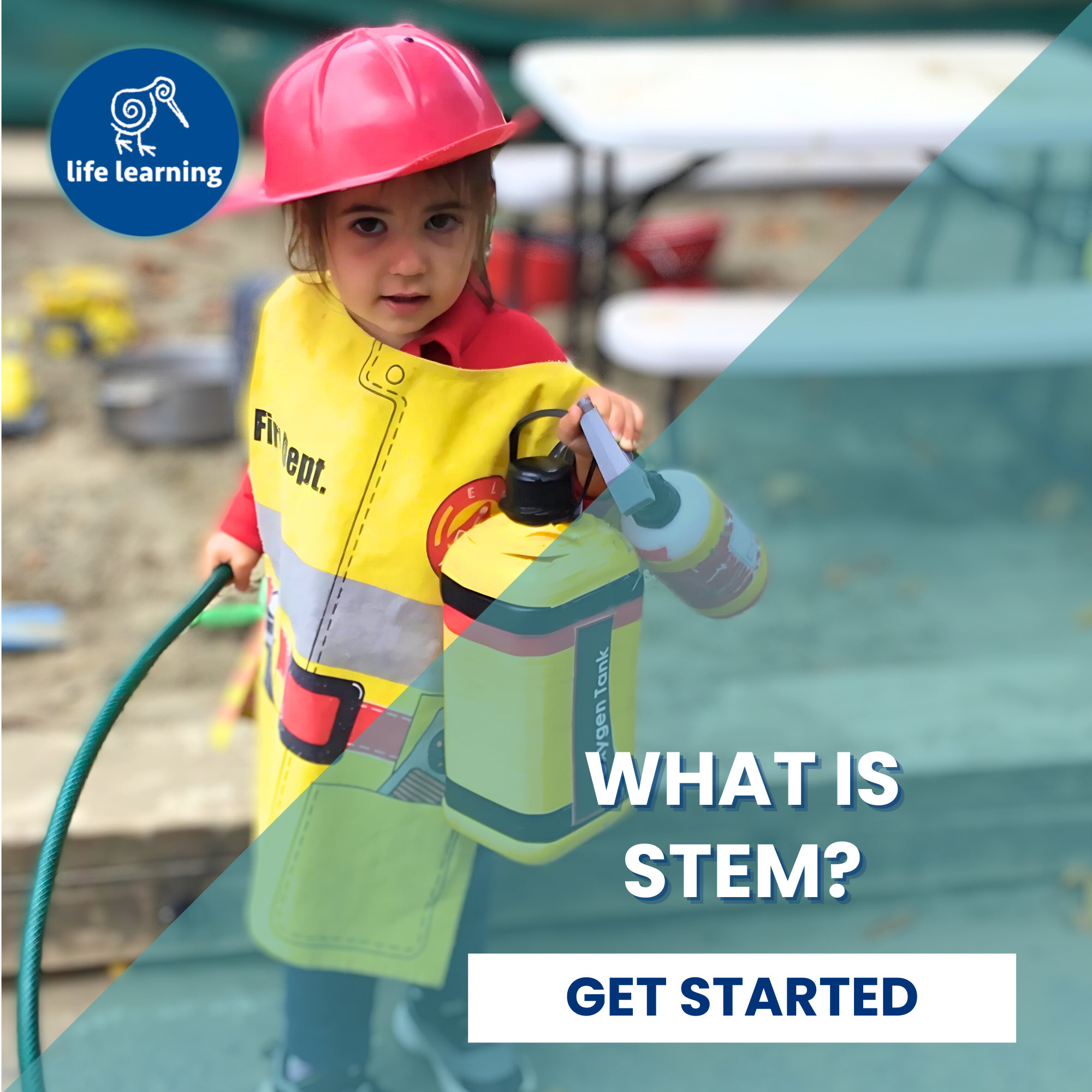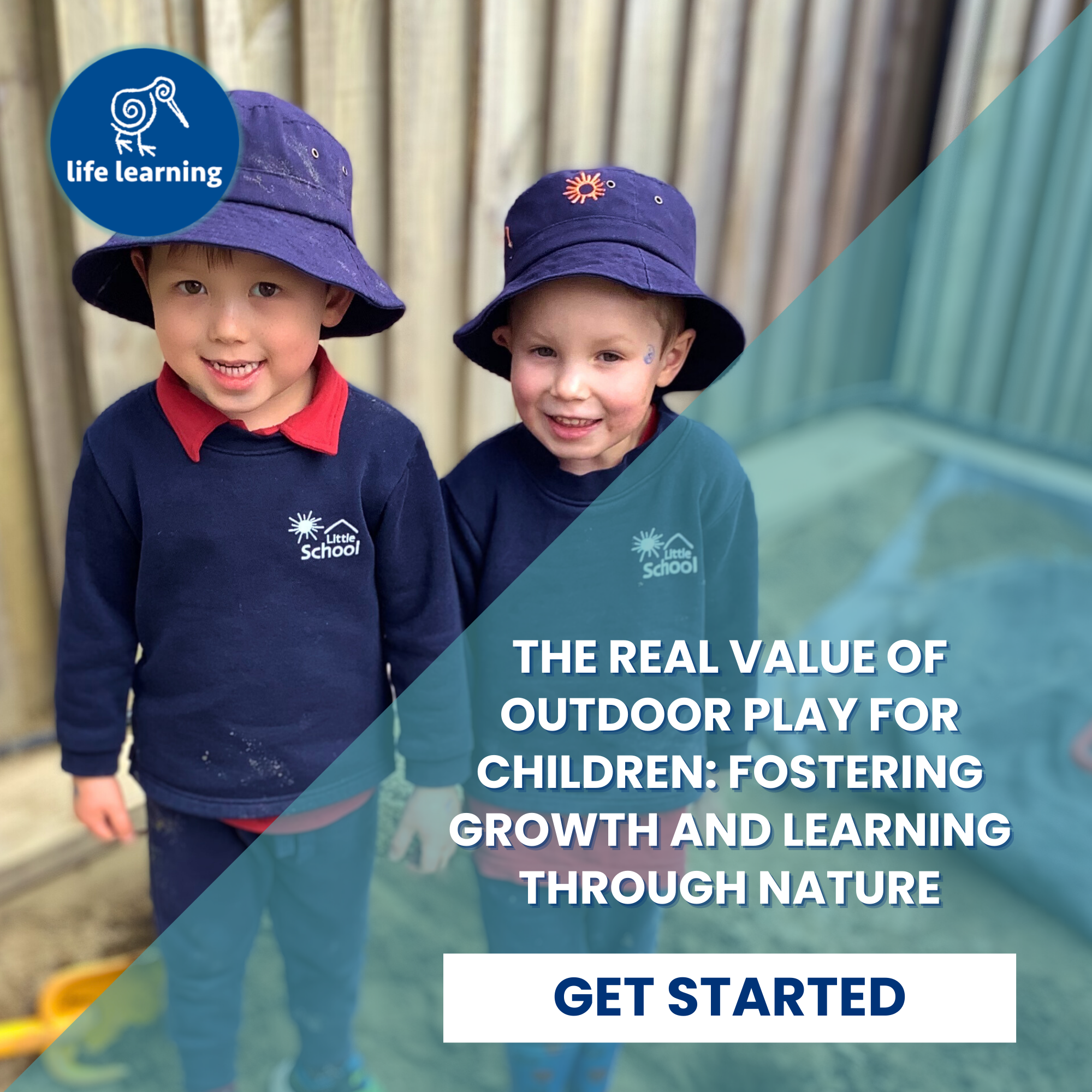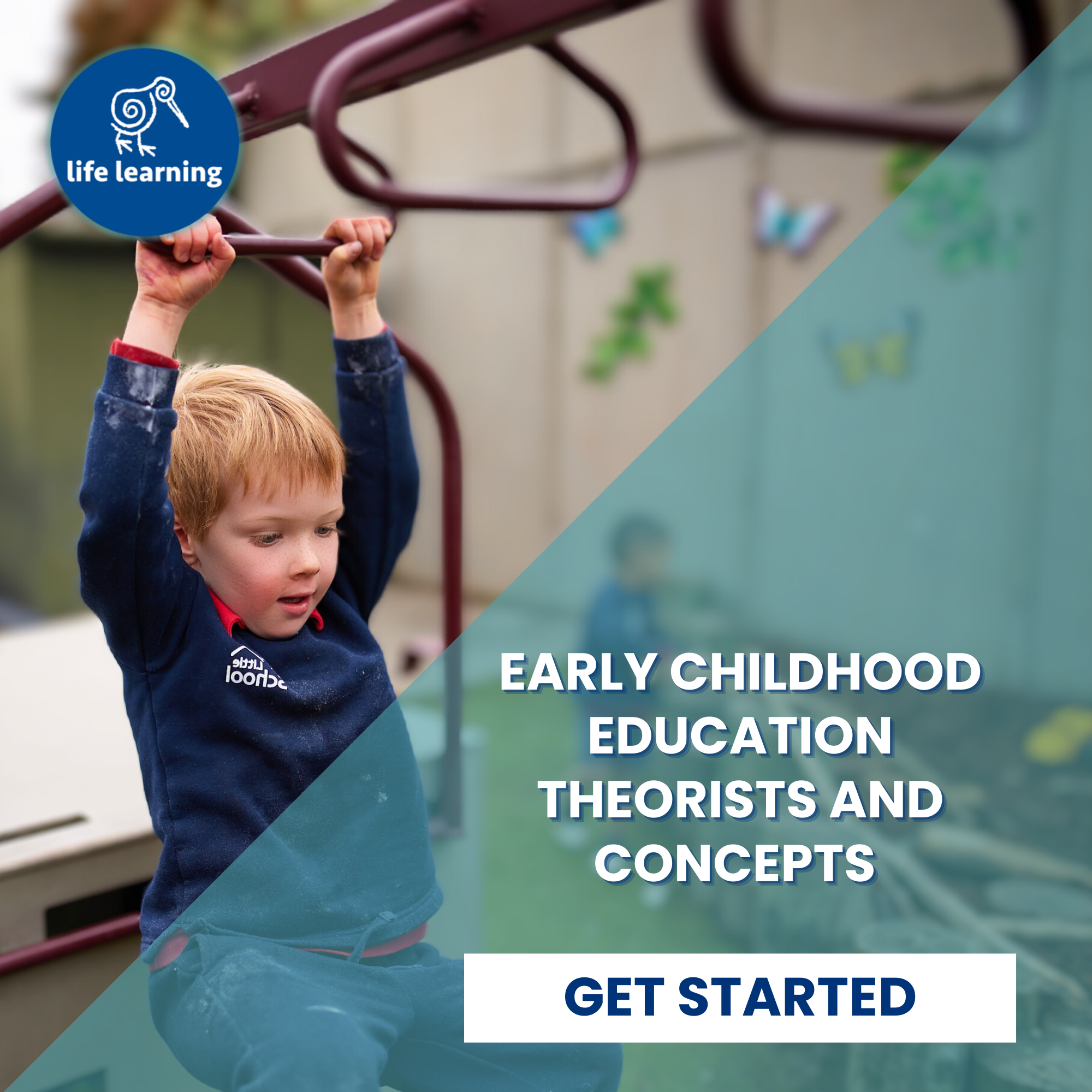



Understanding and Addressing Primitive Reflexes in Early Childhood
Primitive reflexes are automatic, involuntary movements that are present in infants and play a crucial role in their early development. These reflexes, if not integrated properly, can impact a child’s motor skills, coordination, and learning abilities as they grow. Understanding and addressing these reflexes is essential for supporting optimal early childhood development. In this blog post, we’ll explore five key primitive reflexes, how they influence development, and practical strategies to address them. Whether you are an educator or a parent, these insights will help you foster better developmental outcomes for young children.

5 Primitive Reflexes That Impact Early Childhood Development and How to Address Them

1. Rooting Reflex
The rooting reflex is triggered when an infant’s cheek is stroked, causing them to turn their head and open their mouth. This reflex helps with breastfeeding and early exploration.
Impact:
- If not integrated properly, it can lead to issues with feeding and oral motor skills.
How to Address:
- Encourage activities that stimulate the face and mouth area, such as gentle massage or playing with textured toys. Incorporate these activities into your daily routine to support proper integration.
2. Moro Reflex
The Moro reflex, or startle reflex, occurs when a baby is startled by a loud sound or sudden movement, causing them to extend their arms and legs and then quickly bring them back in.
Impact:
- Persistent Moro reflex can result in sensory processing issues and difficulty with emotional regulation.
How to Address:
- Create a calm, predictable environment. Use gentle rocking or swaddling techniques to help the child feel secure and gradually reduce the startle response.
3. Grasp Reflex
The grasp reflex is triggered when an object touches an infant’s palm, causing them to automatically grasp it. This reflex is important for early motor skill development.
Impact:
- If retained, it can affect fine motor skills and hand-eye coordination.
How to Address:
- Offer a variety of tactile toys and activities that encourage the child to release objects, such as squeezing soft balls or playing with playdough.
- Integrate these activities into playtime to support motor skill development.
4. Tonic Labyrinthine Reflex (TLR)
The TLR is evident when an infant’s head is tilted backward or forward, causing them to arch their back or curl into a fetal position. This reflex helps with head control and balance.
Impact:
- Retained TLR can lead to poor posture, balance issues, and difficulty with spatial orientation.
How to Address:
- Engage the child in activities that involve different body positions, such as crawling through tunnels or rolling on a mat.
- Incorporate these exercises into daily routines to improve balance and coordination.
5. Asymmetrical Tonic Neck Reflex (ATNR)
The ATNR is present when a baby turns their head to one side, causing the arm and leg on that side to extend while the opposite arm and leg flex. This reflex helps with motor planning and coordination.
Impact:
- If not integrated, it can cause difficulties with motor planning and coordination, affecting activities like writing or playing sports.
How to Address:
- Encourage activities that require crossing the midline, such as reaching across the body or playing games that involve bilateral movements.
- Use these strategies in your educational or play sessions to support coordination skills.

Helpful Tips

- Consistent Practice: Regularly incorporate reflex integration activities into your routine for the best results.
- Create a Stimulating Environment: Ensure that the child’s play area is rich in sensory experiences. Incorporate various textures, sounds, and colors to encourage exploration and movement, which can help integrate reflexes.
- Incorporate Movement Breaks: Include regular movement breaks during activities. Simple exercises like jumping, crawling, or swinging can help activate and integrate primitive reflexes.
- Use Play-Based Learning: Incorporate games and activities that require balance, coordination, and motor skills. Activities like obstacle courses or ball games can effectively engage children while supporting reflex integration.


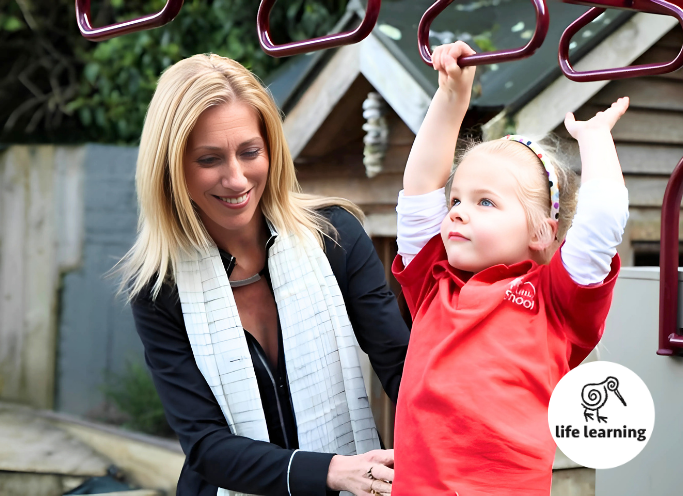
Gain a deeper understanding of primitive reflexes and discover advanced strategies for supporting child development. Our online training for teachers and parenting courses provide valuable insights and practical tools to enhance early learning support.
Understanding and addressing primitive reflexes is essential for promoting healthy motor development and overall growth in early childhood. By incorporating targeted activities and fostering a supportive environment, you can help children integrate these reflexes and thrive.

Discover Little School, our premier early childhood education center for children aged 0-5, where nurturing and development come together in a vibrant learning environment.
At Little School, we bring our educational principles to life every day, fostering curiosity and creativity in each child. With dedicated educators and a focus on holistic development, we provide a safe and stimulating space for your little ones to explore, learn, and grow.
Enroll today and give your child the foundation for a bright future.



Keep up to Date with our Monthly Newsletter






Life Learning Courses

